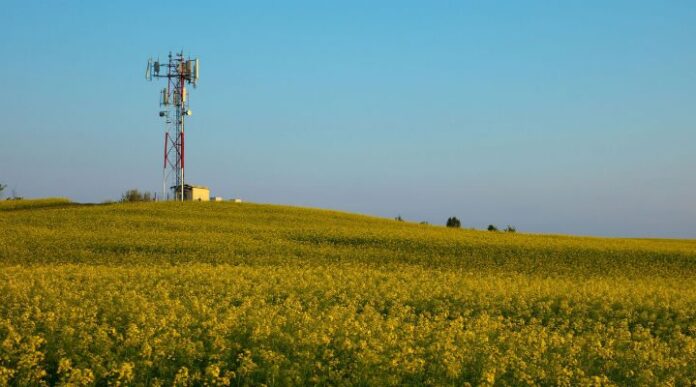Mediacom began testing CBRS applications in 2019, and spent almost $30 million for 576 licenses in the PALs spectrum auction
As the U.S. government funnels billions of dollars into rural broadband, Ericsson and Mediacom Communications have announced a partnership aimed at extending broadband services in rural America. Mediacom is launching a Citizens Broadband Radio Service (CBRS) Fixed Wireless Access (FWA) high-speed internet service, leveraging Ericsson 4G and 5G Radio Access Network (RAN) solutions.
“This technology will be a game changer for the new communities that Mediacom is trying to reach,” said Per Wahlen, vice president and head of Business Development for Ericsson North America. “Connecting rural America has been a significant national challenge over the past decade, and our Ericsson solutions will quickly extend the reach of Mediacom’s broadband services and close the digital divide in numerous underserved rural areas.”
CBRS is the band of radio-frequency spectrum from 3.55 GHz to 3.7 GHz that the Federal Communications Commission (FCC) has designated for sharing among three tiers of users: incumbent users, priority licensees and General Authorized Access (GAA), which is unlicensed. Mediacom began testing CBRS applications in 2019, and spent $29,478,887 for 576 licenses in the 2020 Priority Access License spectrum auction.
Ericsson’s RAN solution, according to the vendor, will allow Mediacom to offer FWA high-speed internet services up to nine miles from each tower location. As a result, the provider can quickly and cost-effectively deliver broadband to thousands of new underserved homes in businesses in rural communities.
Mediacom is the fifth largest cable operator in the U.S. and provides services to 1.5 million homes and businesses across 22 states.
Ericsson has long been a supporter of bringing advanced connectivity to rural communities, and in 2019, the company’s Vice President of Marketing & Communications in North America Peter Linder spoke with RCR Wireless News about the top five rural use cases for 5G: Education, agriculture, green energy production, manufacturing and outdoor recreation.
“Where the city is trying to make it smart, the countryside is trying to make it clever,” said Linder.

